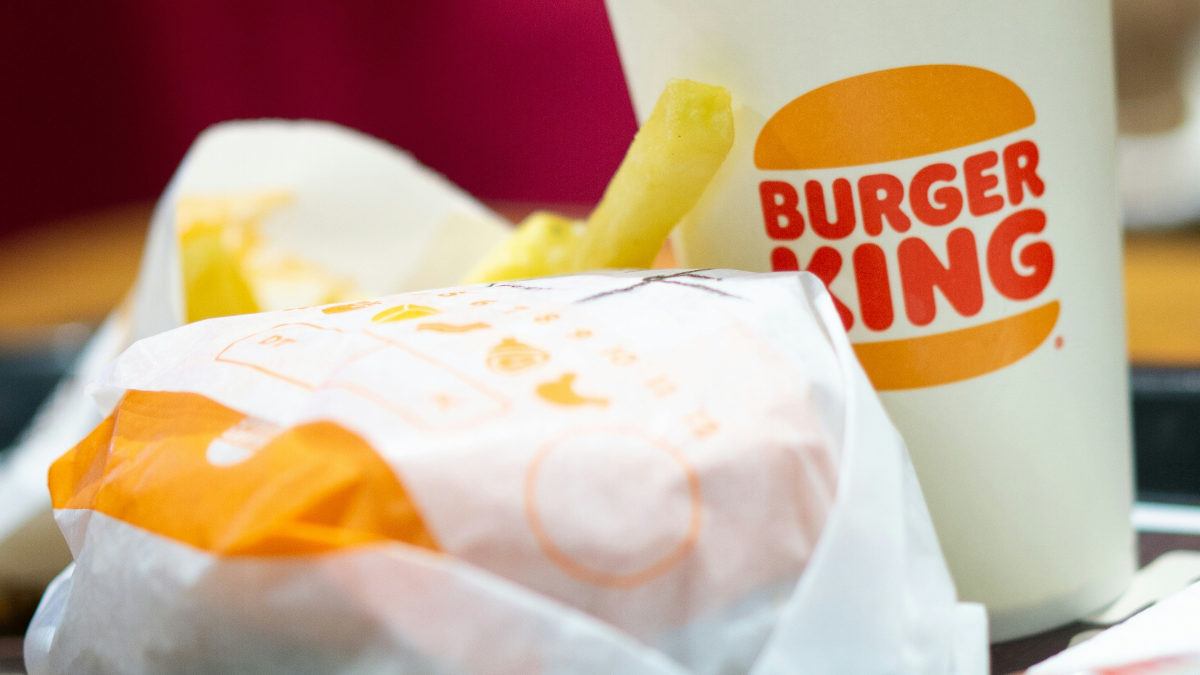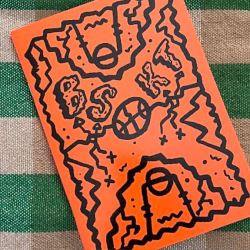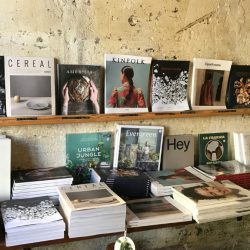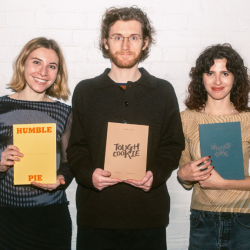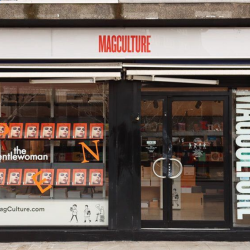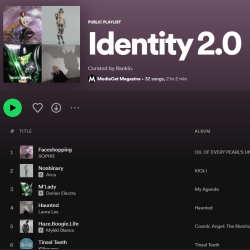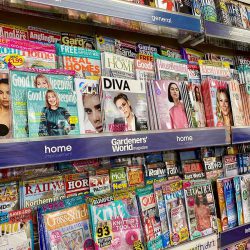Born in 2020 at the height of the pandemic, Pilot Magazine is a print magazine dedicated to ‘all things creative, experimental, and authentic.’ From coffee table to playable game board, Pilot comes in different forms and features work submitted by creatives from all over the world.
MediaCat Magazine spoke to Pilot’s Founding Editor-in-Chief and Creative Director, Dagny Tepper, about the magazine’s evolution and future.

Pilot Mag first launched in 2020, at the start of the pandemic. What was your vision for the magazine when starting out, and how has the magazine grown and evolved since then?
My vision at the beginning was to create a home for art, and the people making it, that I couldn’t find at the time. I’d dreamt growing up that the art world was this raw, vivacious thing — but down the line, it felt like a lot of the creative circles out there were more interested in clout chasing, or performing for an audience, than they were in trying new things, experimenting, challenging others. It was just about trying to shepherd art into the hopeful, weird world that I’d imagined. Pilot has since evolved into a bonafide platform for free thinkers and their artistic tests. We like to take people out of their comfort zones, and meet them there ourselves when it comes to curation and formatting. Sometimes we refer to the mag at large as a ‘creative playground’.
This month, our theme is about the rise and fall of media and how the media landscape is constantly changing. In some ways, physical media, such as vinyl and magazines, are making a comeback. What was the decision behind creating a physical magazine, and what makes print magazines a unique medium?
The pendulum has definitely swung back. I think there’s a lot of romance within print that doesn’t really cut through digitally. Just an inherent way people can connect to something in their hands — feel it, smell it. At Pilot, we even create all sorts of perforations and interactive spaces for people to literally make the pages their own and experience that intimate connection. I’ve also been thinking a lot about how bored people are of algorithms (including myself), and I love that print mags can provide a real sense of discovery for people as opposed to just feeding them the same snackable social media bites.
Printing physically has always been a part of our story, it wasn’t so much a decision as much as it was a foundation. Because Pilot was about fostering a wide-ranging space, and an expansive feeling, and I’ve always felt like print magazines can do a lot of heavy lifting when it comes to conveying a lot at once. For instance, growing up I obsessed over teen magazines like J-14 and Tigerbeat — not directly because of the content, but because of what the mags embodied. Adolescent punk and play and possibilities. Sometimes, they spent less time being read and more time shoved in my backpack or under my pillow.
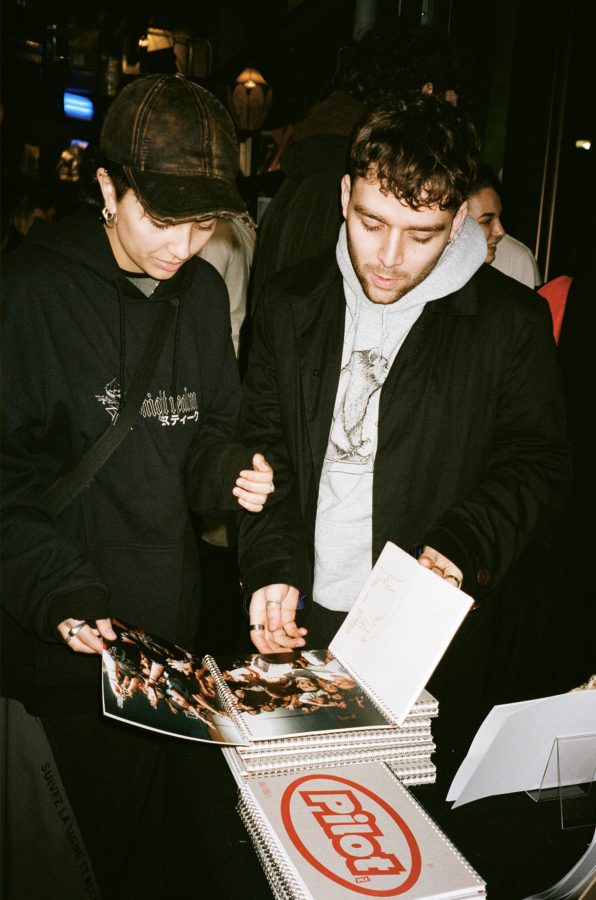

Pilot’s print editions come in various forms, from stapled coffee books to poster game boards. Can you talk me through the process of deciding which form to take?
It all boils down to the fact that we challenge our community to experiment, and push themselves — so we want to meet them there and do the same. It’s gotta be something out of our comfort zone, but also a format that makes sense within the context of who we are and everything that’s being curated. I’ve been really lucky to work (on the latest Issue, and Issue 02) with editorial designers Alice Sherwin and Harry Bennett of Studio Ground Floor, who take on challenges super boldly. We always match each other’s energy.
Your themes so far have included Hardware, Play, and Terra Incognita. What’s the process behind deciding on a theme?
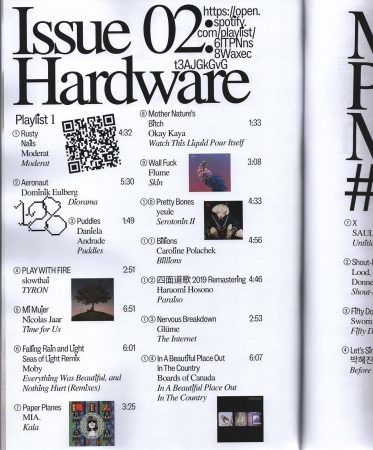
Our themes usually arise from a combination of what feels fresh at that moment culturally, and what red threads we’re seeing internally. It’s all fairly abstract and intuitive though. It’ll also be rooted in my own creative process, which is kind of about patience and letting the right idea come about organically.
Pilot is an international project. Many of the people involved have never met in person. How do you juggle communication and creation with conflicting time zones?
From my point of view, it’s just about everyone doing their best and having grace for one another. Although it sounds cheesy, that’s actually such a big part of who we are as a mag — just being nice. And being real. That’s the gap I wanted to fill. All of this is also pulled through on an external basis when we work with people in our inbox, on collaborations, and in the greater magazine community.
What can we look forward to from Pilot Mag in the future?
Hopefully more of the same. I love what we’re doing!
Looking to the future of magazines in general, how do you see business models evolving?
Our friend Jeremy Leslie from MagCulture said in ‘The Revenge of Analog’ that big publishing companies like Condé Nast and Hearst are going to start emulating the model of independent publishers. So for instance, targeting smaller, more valuable audiences with smaller runs of higher-quality products. I strongly agree with this. Since I’ve started Pilot, I’ve even seen giant media companies pose as new Indie Mags by rebranding and using less commercial, more ‘underground’ artistic approaches. At first, it did throw me off a little. But I think it’s special that actual Independent Magazines, like Pilot, are setting the tone for a more genuine, stripped-back media landscape. Besides, the big dogs tend to lose their footing and start pushing products with every breath. They’ve got a lot to learn from us!
Featured image: Pilot Magazine


























